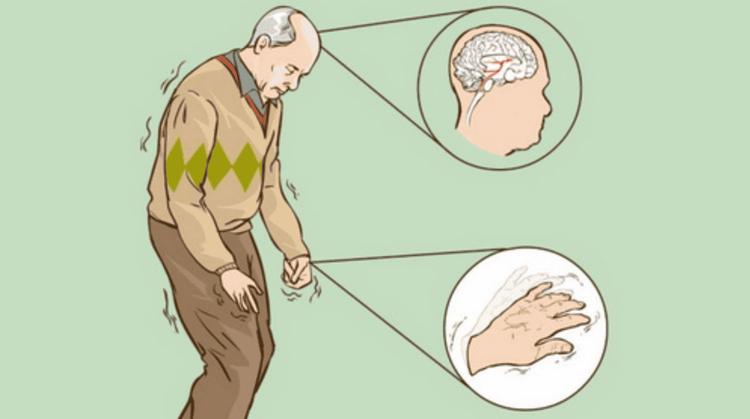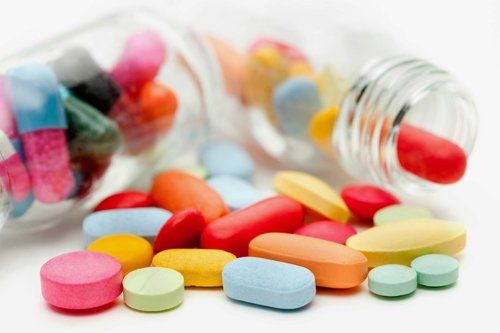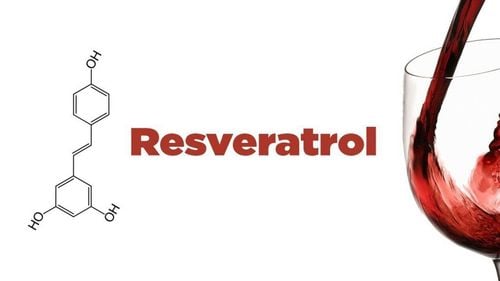This is an automatically translated article.
The article was written by MSc Nguyen Thi Minh Phuong - Doctor of Neurology, Department of General Internal Medicine - Vinmec Times City International HospitalParkinson's disease is a degenerative disease of the nervous system that progresses slowly. People with Parkinson's disease can live with the disease for many years. Symptoms of Parkinson's disease fall into two groups: motor-related symptoms and non-motor symptoms. Motor symptoms include: hand tremors at rest, decreased arm swinging when walking, decreased facial expressions, decreased blinking, slow walking, stiffening of limbs, loss of balance...
Next that reduced ability to smell, insomnia, constipation, low blood pressure, frequent urination, dementia ... are symptoms of inactivity. Often, nonmotor symptoms can appear several years before a person has a movement disorder.
1. What is parkinsonism (parkinsonism)?
Parkinson's syndrome is a general term for motor abnormalities similar to those found in Parkinson's disease: tremors, slow walking, stiffness of the limbs...These Parkinson-like disorders can be seen in many diseases contexts, some of which have been studied more closely and have their own names. In the early stages of the disease, it can be difficult to clearly distinguish between Parkinson's disease and Parkinson's-like syndrome.
Usually, the symptoms of Parkinson's syndrome progress more rapidly, accompanied by other symptoms such as delusions, paralysis, looking up/down, or falling since the onset and unresponsive to medication. Parkinson's (Levodopa) or short-lived response.
However, there are many patients who do not have enough typical symptoms to diagnose a specific disease and doctors can only use the concept of Parkinson's Syndrome. Sometimes a definitive diagnosis is based solely on a post-mortem brain autopsy.

Hội chứng Parkinson là một khái niệm chung để chỉ các bất thường về vận động tương tự như trong bệnh Parkinson
2. Parkinson's syndrome in some diseases
The following are some of the clinical manifestations of Parkinson's syndrome:2.1 Drug-Induced Parkinsonism Drug-induced Parkinsonism can be difficult to differentiate from Parkinson's disease, despite tremors or loss of balance. in a lighter position. Certain medications can reduce Dopamine in the brain and thus cause Parkinson's-like symptoms.
Drugs such as antipsychotics, calcium channel blockers, some stimulants such as amphetamines, cocaine can cause Parkinson's syndrome. If you stop using these substances, your symptoms may gradually improve or go away, sometimes up to 18 months.
2.2 Progressive Supranuclear Palsy (PSP) Early symptoms include gait loss of balance, leading to frequent falls, personality changes, and forgetfulness. Visual abnormalities usually appear about 3-5 years after the onset of symptoms of walking.
The patient has difficulty focusing on objects due to paralysis of the oculomotor muscles. Medicines for Parkinson's disease can be effective, but higher doses are needed.
2.3 Multiple System Atrophy (MSA) Multisystem atrophy, also known as Shy-Grager syndrome, includes a group of disorders of one or more body systems. The most common and earliest symptoms are autonomic disorders such as postural hypotension, urinary disorders, erectile dysfunction... Other signs may be encountered such as difficulty speaking, dysphagia, dyspnoea, decreased sweating, limb stiffness, sluggishness...
In patients with multisystem atrophy, the symptoms of stiffness and motor deficits often progress rapidly, so the patient usually soon develops loss of balance and more falls within the first 3 years of illness onset. Patients often respond poorly to Parkinson's disease medications.

Teo đa hệ thống là căn bệnh có biểu hiện của bệnh Parkinson
Patients also often show symptoms of visual hallucinations, reduced ability to focus attention or level of alertness. Runs usually don't happen or happen very inconspicuously. Parkinson's symptoms often do not or respond poorly to Levodopa.
2.5 Corticobasal Degeneration (CBD) is the least common disease in the group of Parkinson's syndromes. The disease usually occurs after the age of 60. Symptoms include loss of function in half of the body, accompanied by automatic movements, muscle twitching in one arm or leg, and difficulty speaking.
The patient may have difficulty or inability to use the affected limb, even though there is no motor paralysis or loss of sensation in that limb. To date, there is no specific treatment for this patient.
2.6 Vascular Parkinsonism Disease occurs when small blood vessels in the brain become blocked, causing mild strokes, and may occur in many episodes. Usually, the patient will have gait symptoms rather than tremor symptoms, and are more common in the legs.
The disease progresses more slowly than other forms of Parkinson's syndrome, or it may develop in progressively worse episodes. Symptoms may or may not respond to Levodopa.
3. Diagnosis
To date, there is no test that can help diagnose Parkinson's disease with Parkinson's syndrome or distinguish between Parkinson's syndromes. The doctor will base on the patient's medical history, physical examination and some tests to make an initial judgment. In many cases it is difficult to distinguish Parkinson's disease from Parkinson's syndrome.Therefore, the diagnosis may be revised by the doctor based on disease progression, response to medications, or the appearance of new symptoms.
4. Treatment

Bác sĩ có thể sẽ kê đơn điều trị một số triệu chứng như thuốc chống trầm cảm, tiêm botox..
However, the drug is not effective in all cases. The doctor may prescribe treatment for some symptoms such as antidepressants, botox injections..
Besides, you should maintain a daily exercise regimen to improve the stiffness and flexibility of the body. muscles and joints. Combination of occupational therapy, speech therapy and occupational therapy.
Vinmec International General Hospital is one of the hospitals that not only ensures professional quality with a team of leading medical doctors, modern equipment and technology, but also stands out for its examination and consultation services. comprehensive and professional medical consultation and treatment; civilized, polite, safe and sterile medical examination and treatment space. Customers when choosing to perform tests here can be completely assured of the accuracy of test results.
Please dial HOTLINE for more information or register for an appointment HERE. Download MyVinmec app to make appointments faster and to manage your bookings easily.













